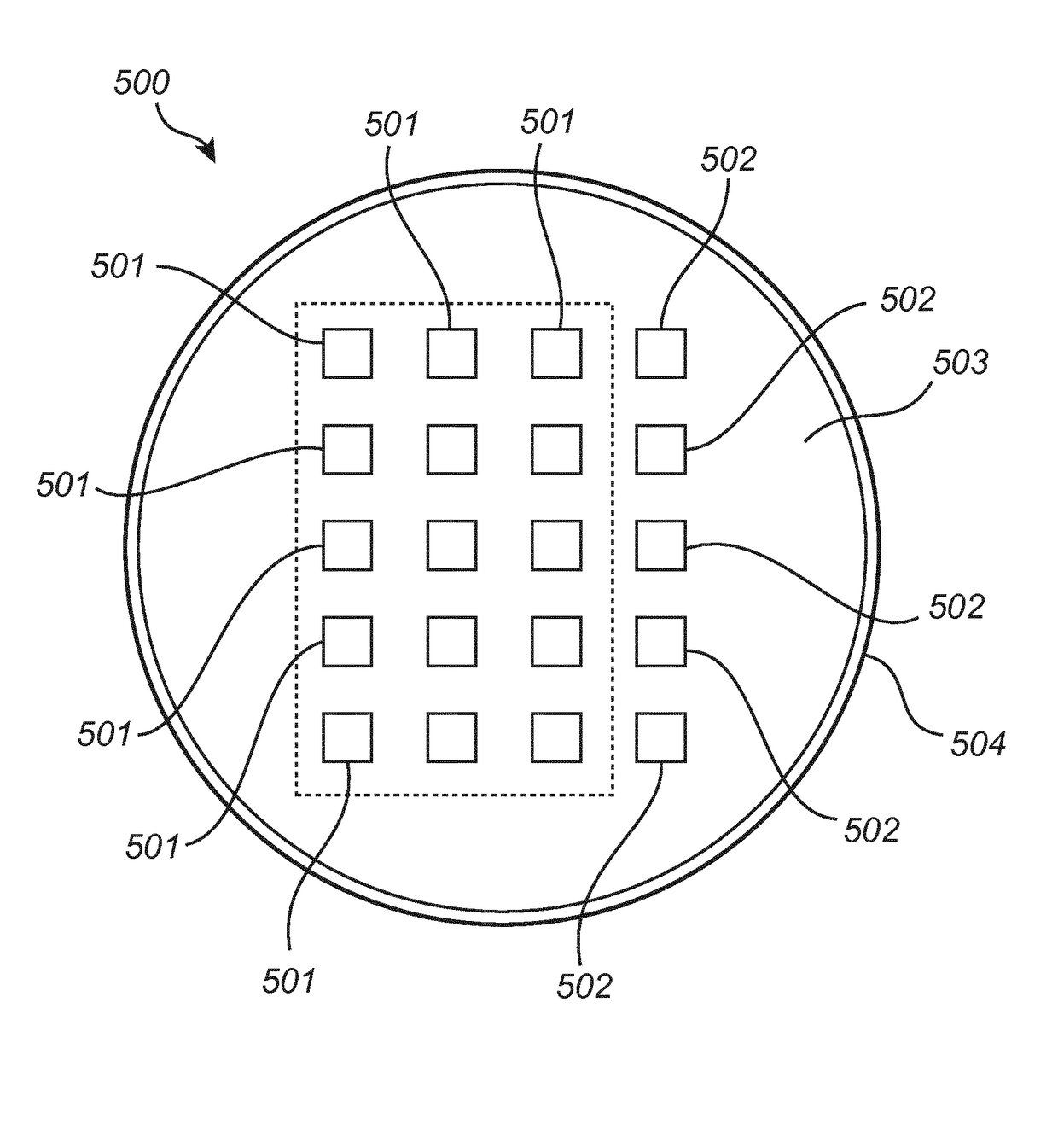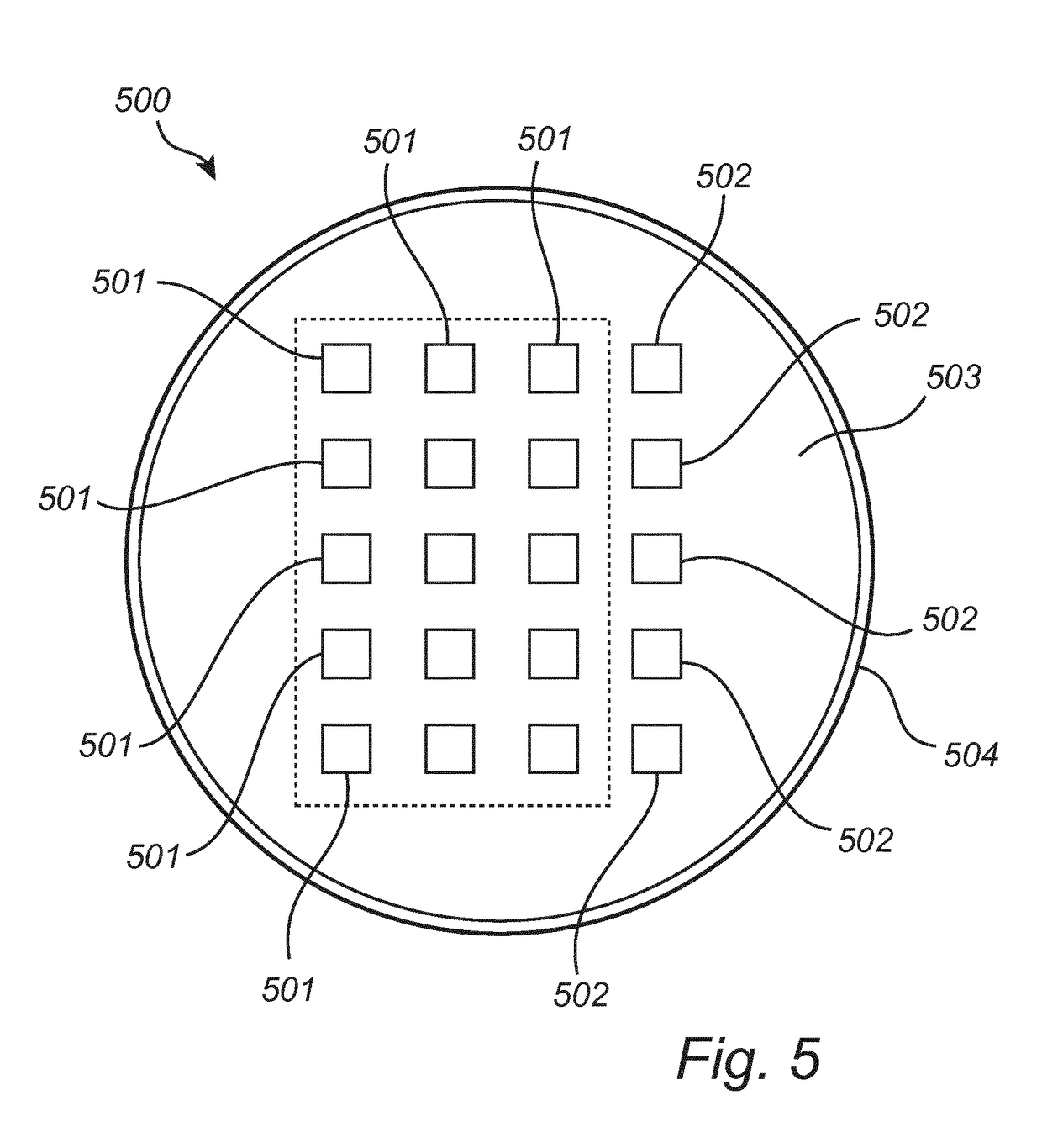Light emitting arrangement with adjustable emission spectrum
a technology of light emitting arrangement and emission spectrum, which is applied in the direction of semiconductor devices for light sources, lighting and heating apparatus, planar light sources, etc., can solve the problems of giving an unnatural appearance to a conventional led light source, and achieves the effects of reducing overall efficiency, increasing cost, and less efficien
- Summary
- Abstract
- Description
- Claims
- Application Information
AI Technical Summary
Benefits of technology
Problems solved by technology
Method used
Image
Examples
Embodiment Construction
[0064]The present invention will now be described more fully hereinafter with reference to the accompanying drawings, in which currently preferred embodiments of the invention are shown. This invention may, however, be embodied in many different forms and should not be construed as limited to the embodiments set forth herein; rather, these embodiments are provided for thoroughness and completeness, and fully convey the scope of the invention to the skilled person.
[0065]When dimmed, the light emitted by conventional LEDs (as well as the light source proposed in WO2013 / 150470), may be perceived as unnatural or unaesthetic. This is regarded as a drawback since many lighting applications demand a natural-looking light at various emission intensities. The present inventors have realized that the unnatural-looking light emission of LEDs when dimmed is due to the fact that unlike incandescent and halogen lamps, the emission spectrum of LEDs does not change when the intensity changes. When ...
PUM
 Login to View More
Login to View More Abstract
Description
Claims
Application Information
 Login to View More
Login to View More - R&D
- Intellectual Property
- Life Sciences
- Materials
- Tech Scout
- Unparalleled Data Quality
- Higher Quality Content
- 60% Fewer Hallucinations
Browse by: Latest US Patents, China's latest patents, Technical Efficacy Thesaurus, Application Domain, Technology Topic, Popular Technical Reports.
© 2025 PatSnap. All rights reserved.Legal|Privacy policy|Modern Slavery Act Transparency Statement|Sitemap|About US| Contact US: help@patsnap.com



